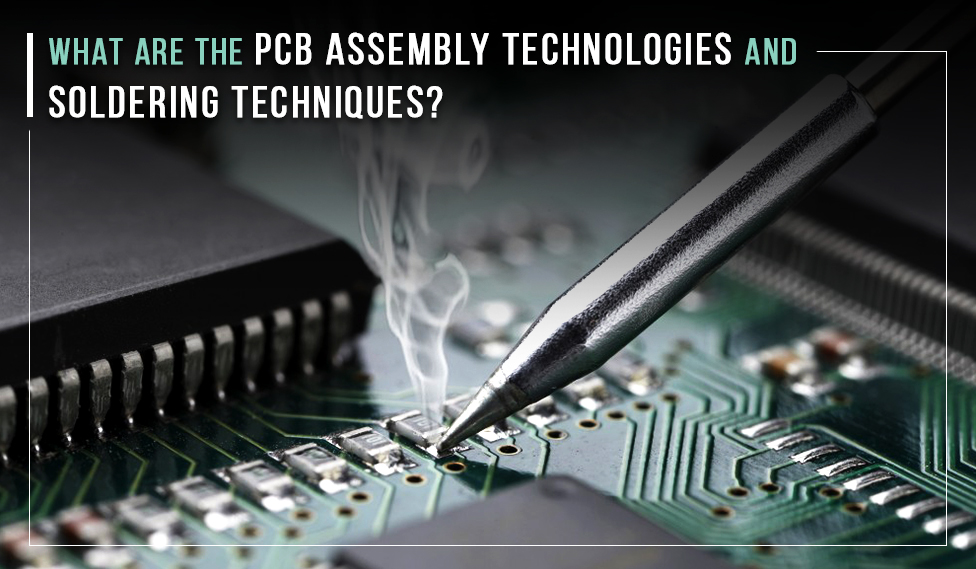
Become Familiar With PCB Assembly Technologies:
More than just the essential parts, a well-designed board is needed for printed circuit board assembly with appropriate technology. There are various choices available here, and each one offers something unique. For instance, pick-and-place technology, manual soldering, and surface mount technology are quite important technologies in PCB assembly.
While some methods of PCB assembly will only need one technology, others will need a combination of two or more technologies. When selecting a company to handle your project or production, knowing when and how to incorporate certain technologies is crucial. Many PCB design services provide their vast expertise to customers.
Options for PCB Assembly:
The two most common techniques for assembling PCBs and their components are through-hole and surface mount.
- Through-Hole Mount – In this installation style, an assembler inserts component leads into PCB holes that have been drilled. The utilization of this outdated technology has decreased over time. Although it requires more time and effort to deal with this mounting technique, it has a solid connection because the leads pass through the board.
- Surface Mount Technology (SMT) – With surface mounting, components are directly soldered to the PCB.
Soldering Methods
Regardless of the mounting technique, all PCBA processes involve the soldering process. Electrical components can be attached to a PCB using a variety of soldering techniques, such as:
- The components are fixed and solidified by wave soldering, which involves moving a PCB over a wave of hot solder liquid. It is the most widely utilized technique in THT and SMT PCBA.
- Metal components are connected through heating in the process of brazing soldering. However, this method melts the bottom metals to fit the filler metal. With the highest temperature and the strongest joints, braze soldering is used.
- Reflow soldering – Using heated solder paste, the reflow soldering procedure joins components to the board. The PCBs pads and pins are joined together by a soldering paste that is still molten.
- By heating a metal space filler made of a tin-lead alloy with an electric torch or gas, components are attached to the board using the soft soldering technique. Fixing small, delicate components to a printed circuit board is frequently done using soft soldering.
- Using hard soldering, which is done at a temperature of about 600°F, metal components made of copper, brass, silver, or gold can be joined together. Stronger joints are made than with soft soldering by using hard solder.
Solder Core Substance:
One of these sorts of compounds will be included in solder pastes or spools of solder to flux the metal contacts during soldering:
- Organic acid flux: An acid-based change ensures vigorous oxide removal when soldering metal contacts. To prevent corrosion, this flux, which is water soluble, needs to be cleaned off after soldering.
- Solders with solid cores: Some solder wire has a solid body and is devoid of flux; therefore, change must be manually provided.
- Rosin flux: Rosin is a conifer-derived resin that is solid at room temperature. Since rosin flux residue won’t corrode, it is employed in situations where it would be more challenging to remove organic acid flux residue.
Hence, these are the essential PCB assembly technologies and soldering techniques that are used for the physical building of a circuit. Contact Sunstream appropriate PCB layout services and a complete solution from design to prototyping.



 +1.585.935.7123
+1.585.935.7123 +91-804-148-6861
+91-804-148-6861